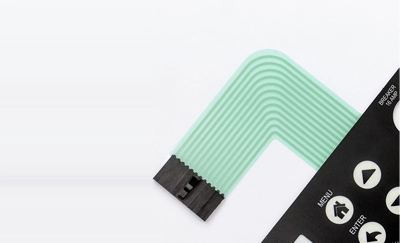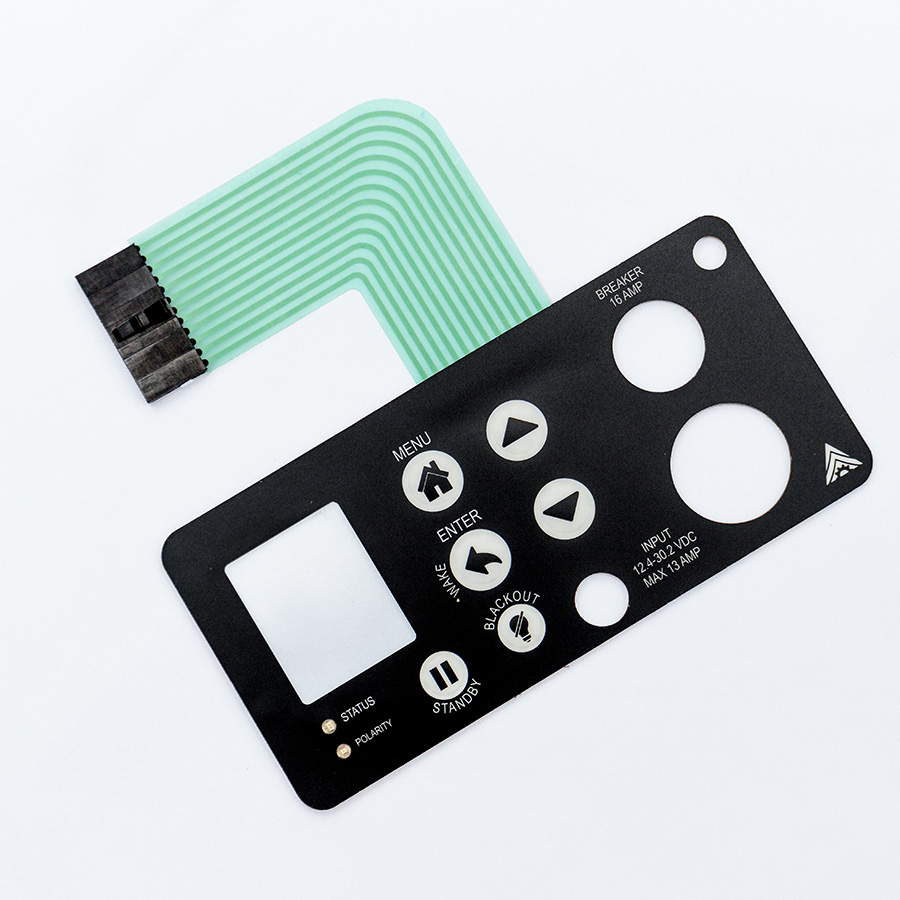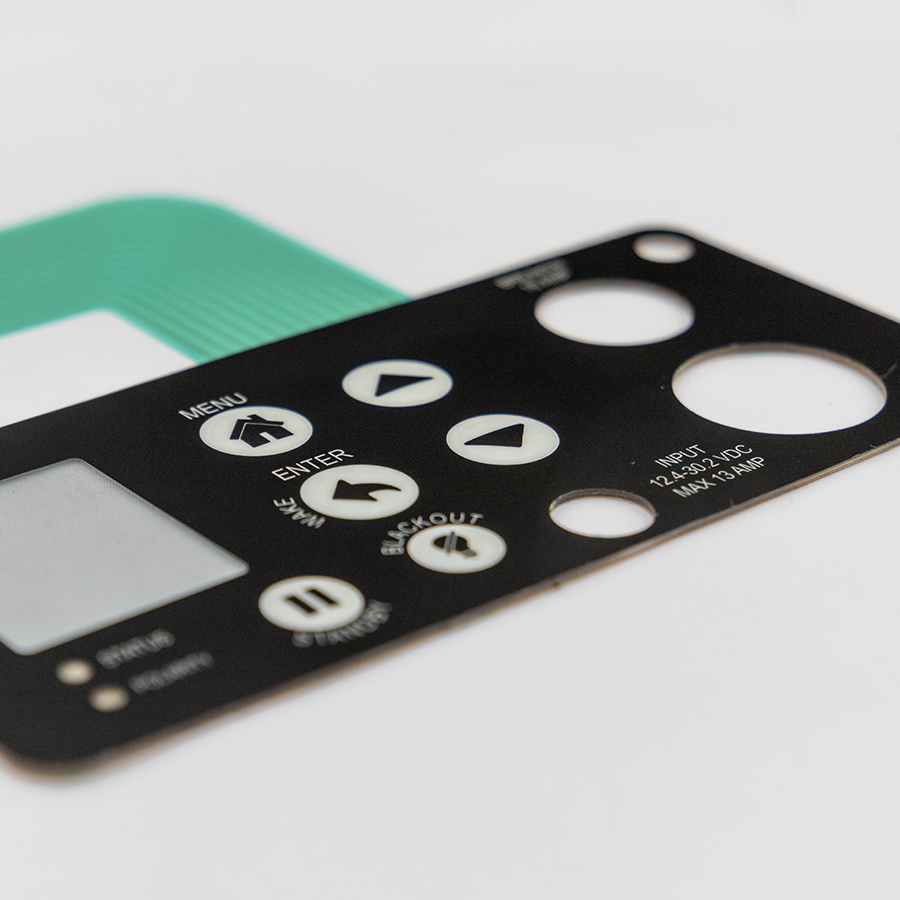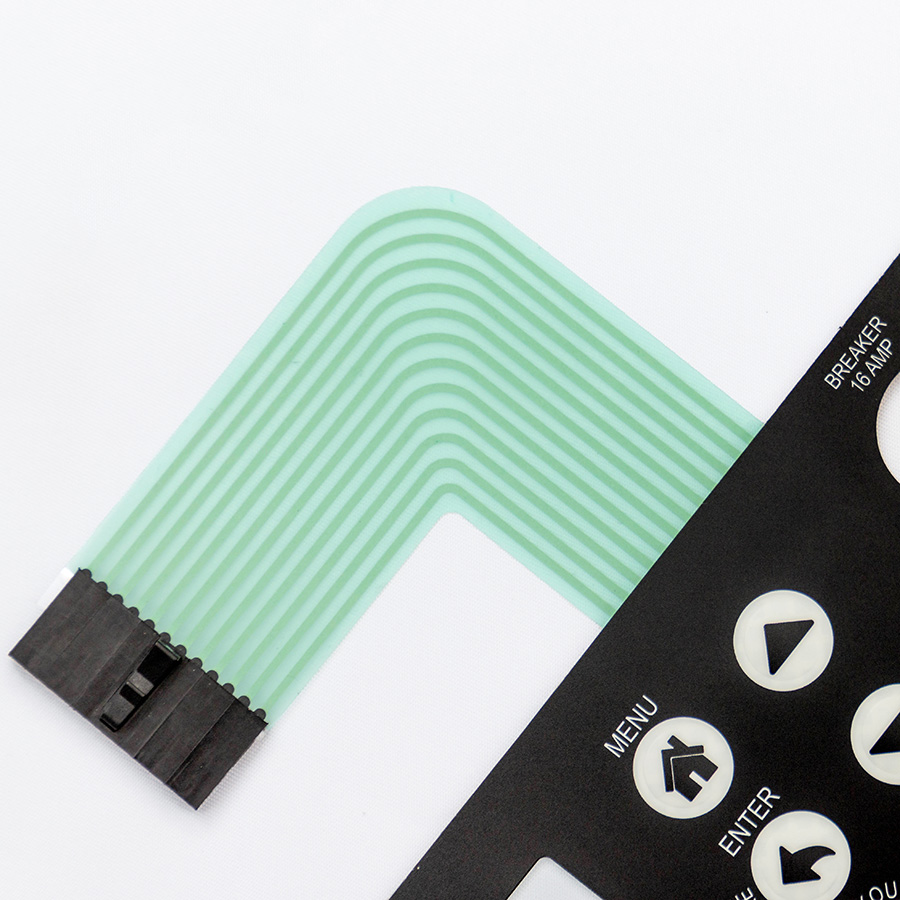
Membrane switches are an essential component of many electronic devices, providing users with an intuitive and responsive way to interact with their devices. Whether you are using a membrane switch to turn on a flashlight, adjust the volume on a speaker, or enter a password on a security system, these switches play a critical role in the functionality of your device. But how exactly are membrane switches made? What is the science behind membrane switch fabrication? In this article, we'll explore the key processes involved in membrane switch fabrication, and the science behind each step.



Membrane switch fabrication is the process of creating a membrane switch, which is typically made up of several layers. The top layer is the graphic overlay, which displays the user interface and provides a visual representation of the switch. The second layer is the switch circuit, which is made up of conductive materials that allow the switch to work. The third layer is the adhesive layer, which holds the switch in place. The bottom layer is the backing layer, which provides structural support and stability to the switch.
There are several key processes involved in membrane switch fabrication, including:
Design and Development: The first step in membrane switch fabrication is the design and development phase. During this phase, engineers and designers work together to create a concept for the switch, including the graphic overlay, switch circuit, and overall functionality. They use specialized software and tools to create a detailed design, which will be used as a guide throughout the fabrication process.
Printing and Graphic Overlay Creation: Once the design is complete, the graphic overlay is printed using specialized printing technology. This typically involves printing the graphic design onto a clear film material, which is then laminated onto the switch circuit. The graphic overlay provides a visual representation of the switch, and helps to protect the underlying switch circuit.
Switch Circuit Creation: The switch circuit is the heart of the membrane switch, and is typically made up of conductive materials such as silver, carbon, or metal. The switch circuit is created using a process called photolithography, which involves creating a metal layer on a substrate, and then etching away the unwanted metal to create the switch circuit pattern.
Adhesive Layer Application: The adhesive layer is applied to the switch circuit, and is used to hold the switch in place. The adhesive layer is typically made of a pressure-sensitive material, which allows it to adhere to the backing layer and provide a secure bond.
Backing Layer Application: The backing layer is applied to the bottom of the switch, and provides structural support and stability to the switch. The backing layer is typically made of a rigid material, such as plastic or metal, and is designed to withstand the rigors of everyday use.
Testing and Quality Control: After the switch is fully assembled, it undergoes a series of tests and quality control checks to ensure that it meets the specifications and requirements of the design. These tests may include continuity testing, electrical testing, and environmental testing, among others.
At its core, membrane switch fabrication is a complex process that involves a variety of scientific disciplines, including electrical engineering, materials science, and chemical engineering. From the design and development phase, to the printing and graphic overlay creation, to the switch circuit creation, to the adhesive and backing layer application, each step of the fabrication process requires a deep understanding of the underlying science and technology.